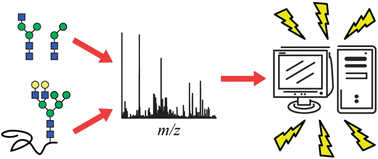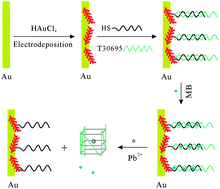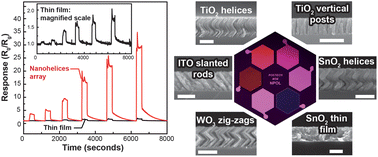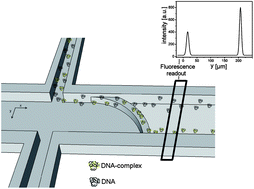Glycosylation, the ubiquitous biological process of adding sugars to protein or lipids, serves a critical role in diverse cell signaling and communication events. Furthermore, anomalies in glycosylation can often lead to various diseases including diabetes, cancer, and inflammation. Consequently, accurate characterization of glycan composition is important for therapeutic and diagnostic development. Mass spectrometry (MS) is a widely used analysis tool that can help find the answers. In a comprehensive review, Heather Desaire and colleagues from the University of Kansas, USA, discuss the current MS methods of analysis, as well as their respective advantages and limitations.
Learn more by accessing the link below:

MS analysis of glycans and glycopeptides
Software for automated interpretation of mass spectrometry data from glycans and glycopeptides Carrie L. Woodin , Morgan Maxon and Heather Desaire
Analyst, 2013, Advance Article
DOI: 10.1039/C2AN36042J














